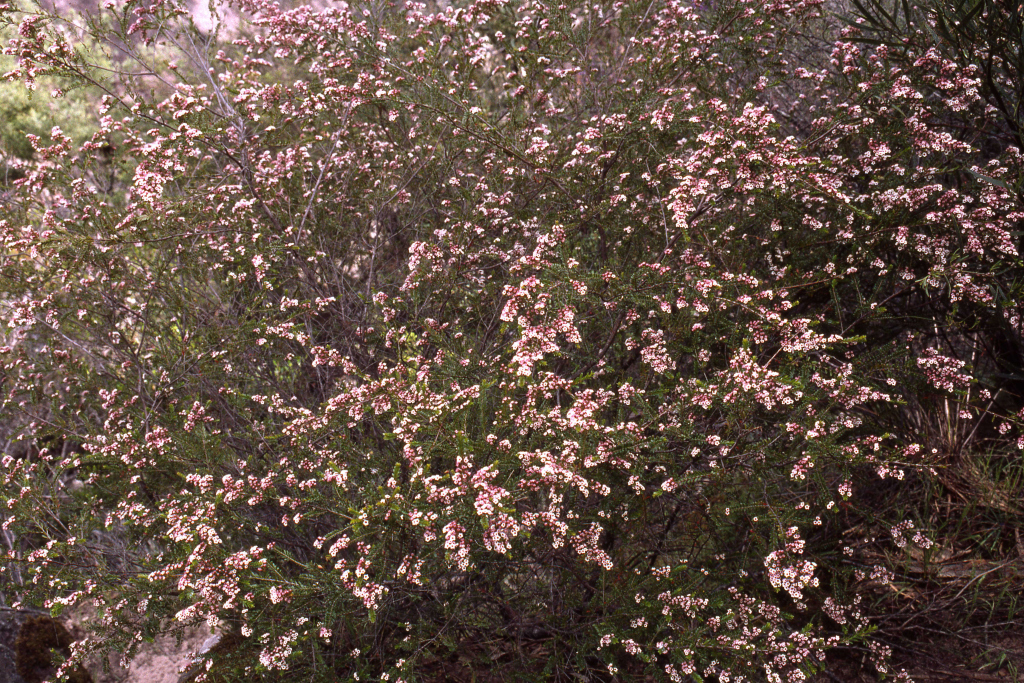Thryptomene calycina
Grampians ThryptomeneBot. Mag. 149: t. 8995 (1924)
Taxonomic status
Accepted
Occurrence status
Present
–
endemic
Origin
Native
Degree of establishment
Native
Threat status
FFG:
Endangered (EN)


